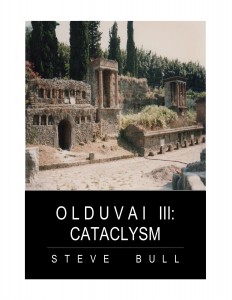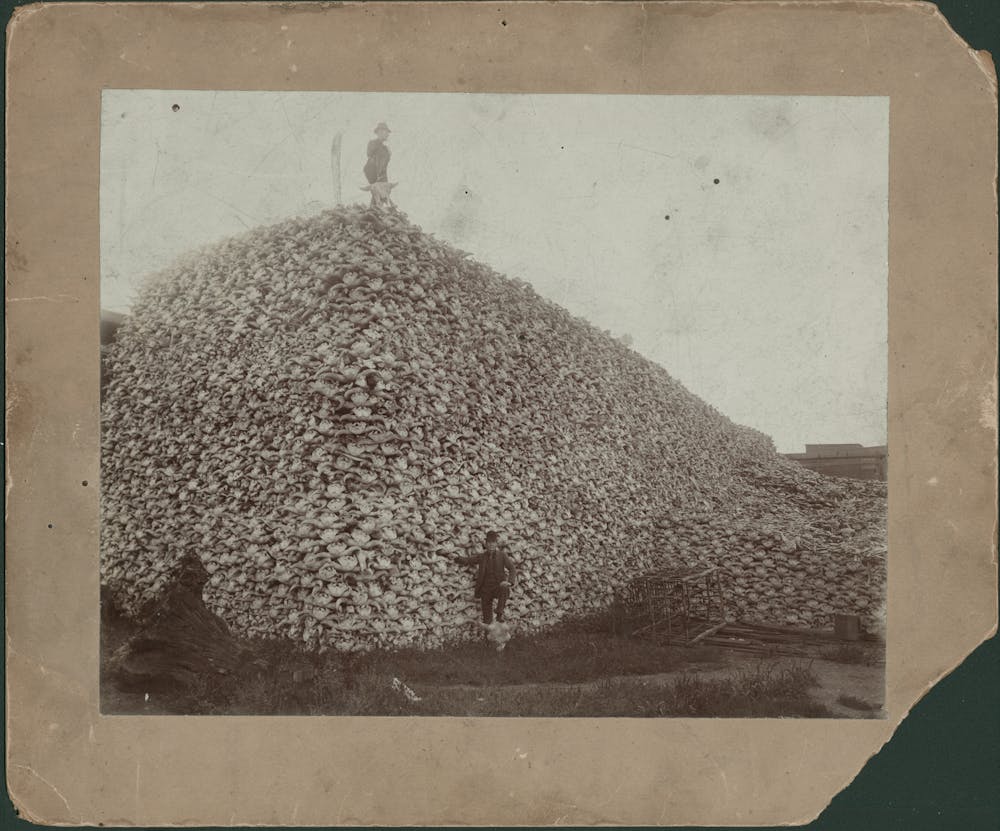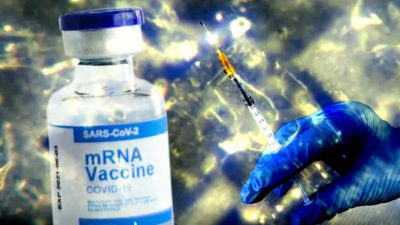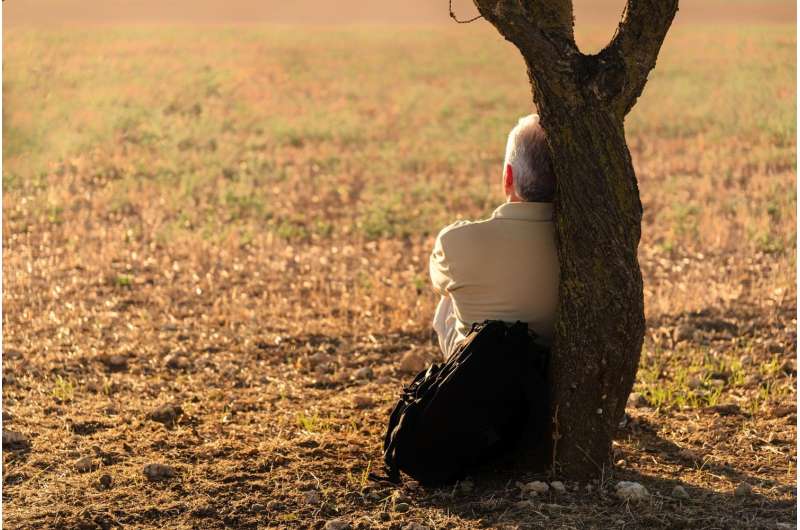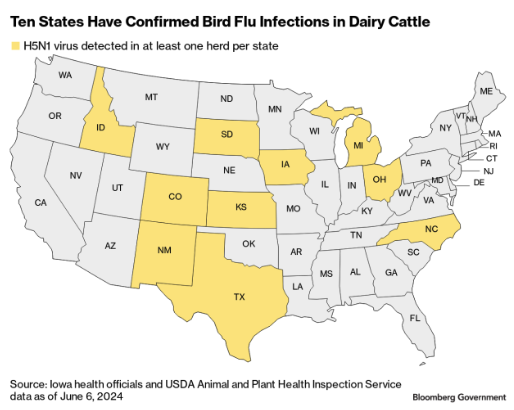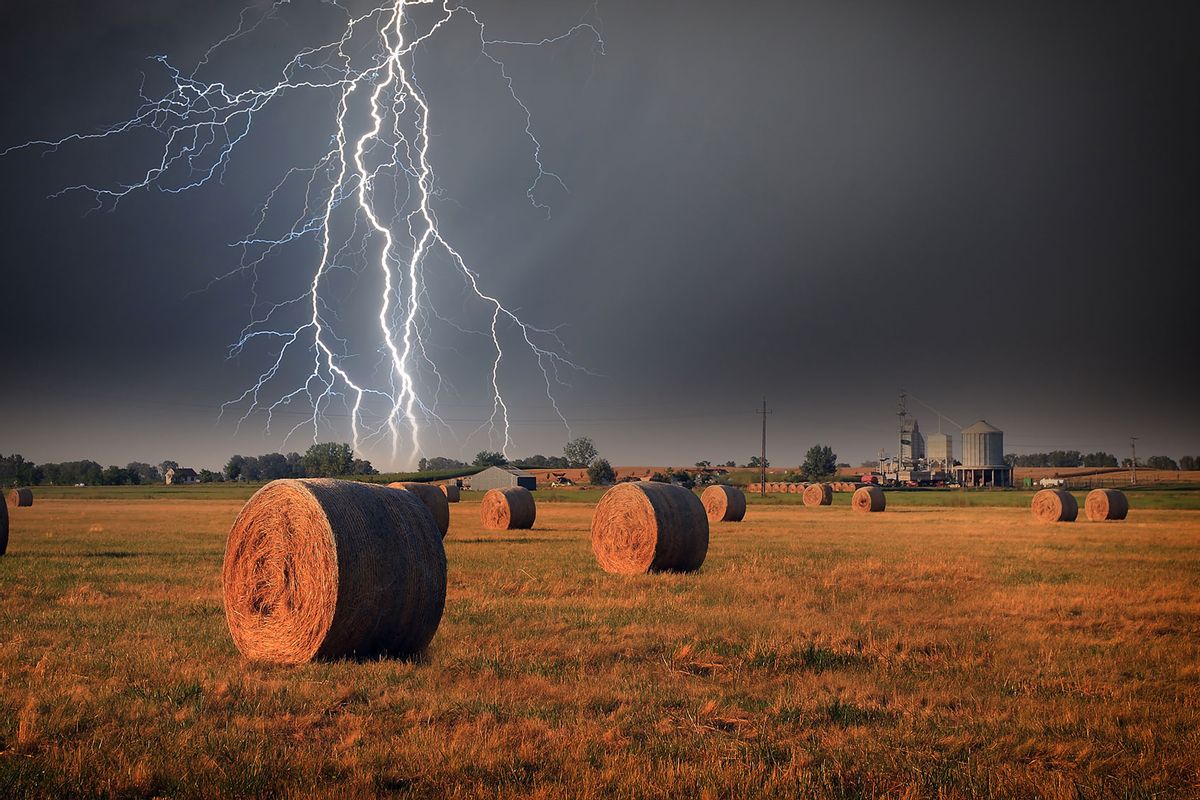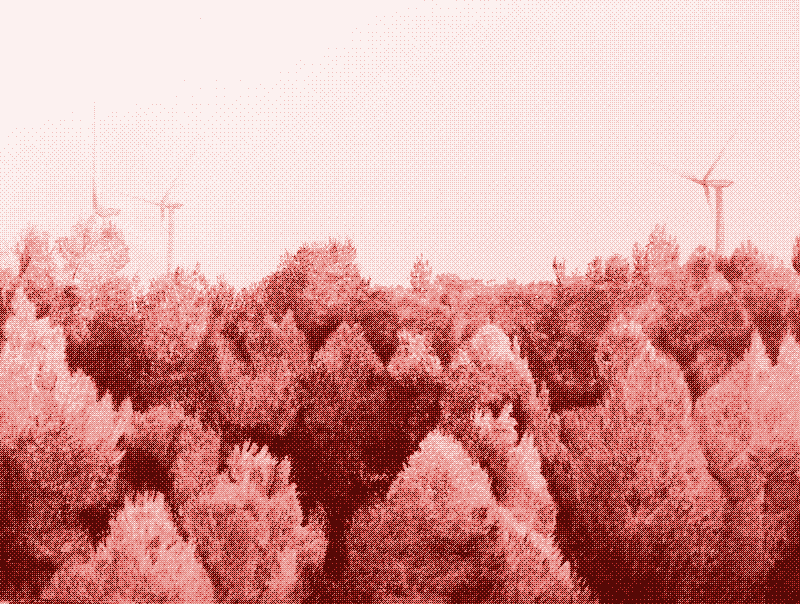
For more than two thousand years, windmills were built from recyclable or reusable materials: wood, stone, brick, canvas, metal. When – electricity producing – wind turbines appeared in the 1880s, the materials didn’t change. It’s only since the arrival of plastic composite blades in the 1980s that wind power has become the source of a toxic waste product that ends up in landfills.
New wood production technology and design makes it possible to build larger wind turbines almost entirely out of wood again – not just the blades, but also the rest of the structure. This would solve the waste issue and make the manufacturing of wind turbines largely independent of fossil fuels and mined materials. A forest planted in between the wind turbines could provide the wood for the next generation of wind turbines.
How Sustainable is a Windmill Blade?
Wind turbines are considered to be a clean and sustainable source of power. However, while they can indeed generate electricity with lower CO2-emissions than fossil fuel power plants, they also produce a lot of waste. This is easily overlooked, because roughly 90% of the mass of a large wind turbine is steel, mainly concentrated in the tower. Steel is commonly recycled and this explains why wind turbines have very short energy payback times – the recycled steel can be used to produce new wind turbine parts, which greatly lowers the energy required during the manufacturing process.
However, wind turbine blades are made from light-weight plastic composite materials, which are voluminous and impossible to recycle…
…click on the above link to read the rest of the article…

